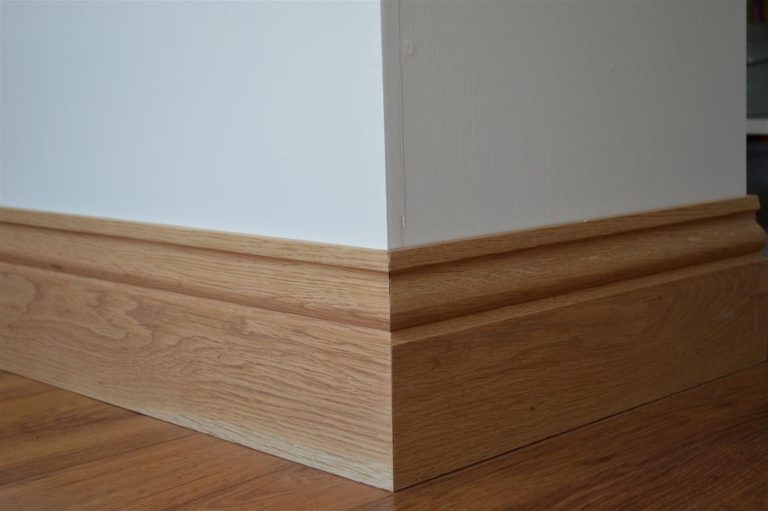
Swimming pools are a luxury that almost everyone enjoys, and they’re becoming more popular as backyard additions to many homeowners. If you have a pool, it’s essential to know what chemicals and what amount of those chemicals will keep your pool water balanced. It’s also important to test your water regularly and understand how nature affects the chemicals in your pool. Once you have that information, you’ll be ready to keep your pool crystal clear, and you won’t have to worry about algae, fungi, or other undesirables.
What are the main pool chemicals?
Chlorine, sodium hypochlorite, is a chemical that acts as a sanitizer to kill microorganisms and help control algae. The pH balance is also essential. PH stands for the potential of hydrogen, and it measures whether a substance is basic or acidic. The scale ranges from 0 to 14. Numbers below 7 are acidic, and numbers above 7 are alkaline or basic. The ideal pH level for your pool water is between 7.2 and 7.8.
How do you get the right chemical balance?
First, you need to test your water regularly to monitor the pH level and determine what chemicals to add to maintain that pH. A primary reason for the pH to vary from one day to the next is that your pool changes the water level. The water level drops during the winter months as snow accumulates on your roof. It tends to rise during spring and summer, causing your chemicals to be diluted.

To check the pH level of your pool water, simply test the water with a meter. Look at the color of the test strip and then compare it to the color chart that comes with your meter. The pH should be somewhere between 7.2 and 7.8. If the test strip reads somewhere below 6.8, your water is too acidic to chlorinate or alkalinity to work properly in it, so you should add some powdered chlorine by mixing it with warm water and pouring it into your pool. If the reading is above 7.8, your water is too alkaline, and you will need to add some muriatic acid to lower the pH and make the chlorine work better.
How often should you test the pH?
You can test the pH level of your pool water regularly. A rule of thumb is that you should test the water every week. This is enough to monitor and keep track of the pH level in your pool and what type of chemicals to add to maintain it at its proper level. If your pH balance is way off, then it’s time to call someone who knows how to clean a green swimming pool.
It’s a bad idea to neglect the pH level of your pool
If you don’t take care of the pH level, it can cause serious problems in your pool water. Chlorine and sodium hypochlorite work differently in different pool conditions, so it’s important to know which type will work best for your pool’s condition. If the pH level gets too low, your pool water can become cloudy. If the pH level is too high, it can become unstable, and you will see white stuff on the surface of your pool.






